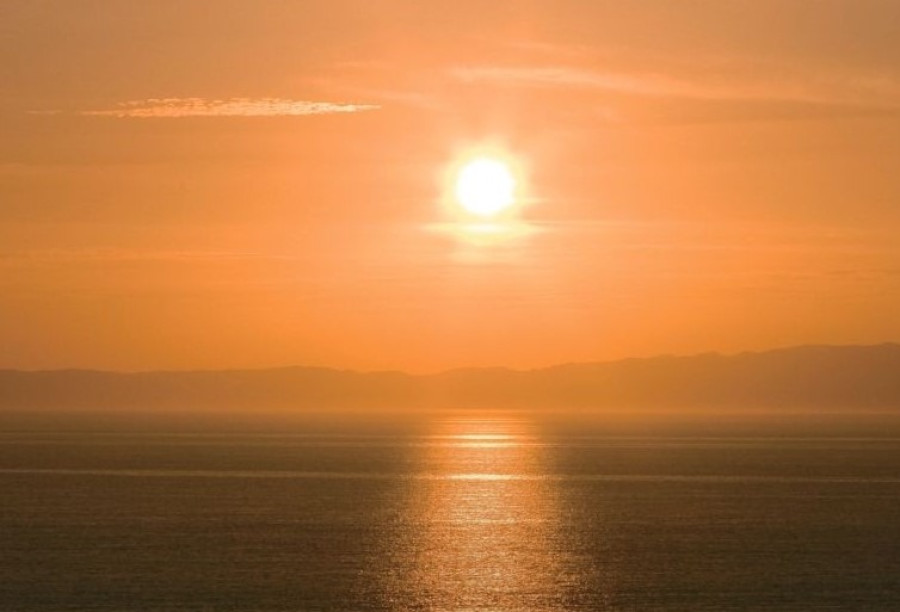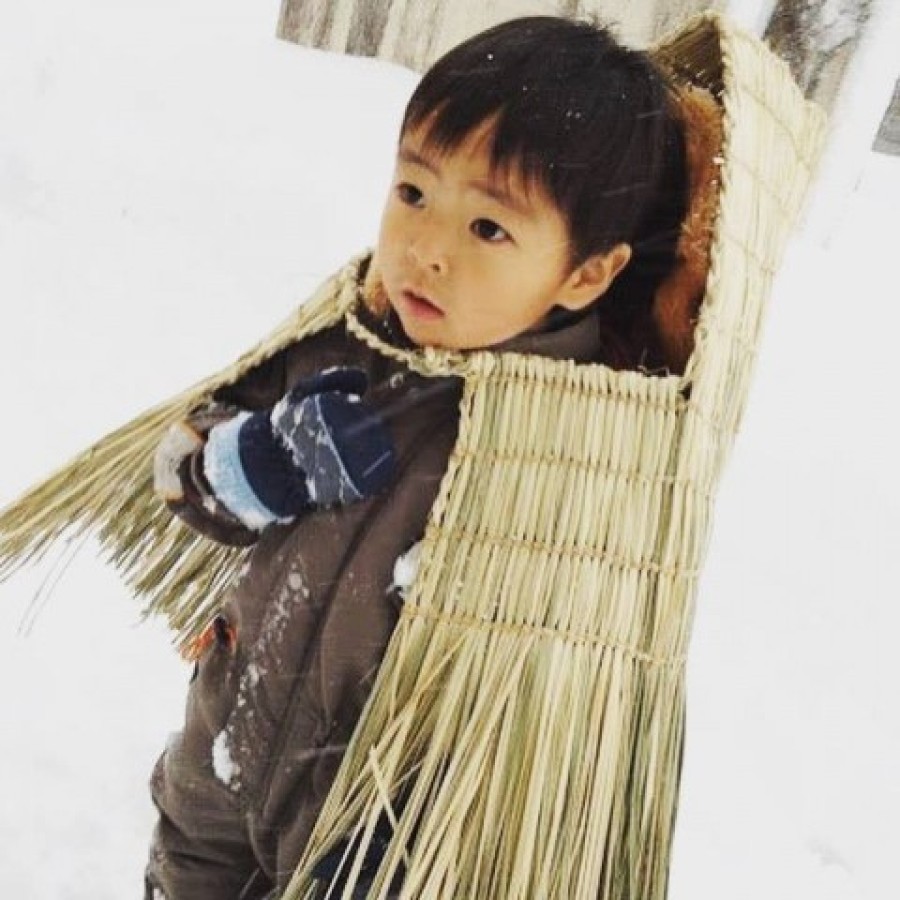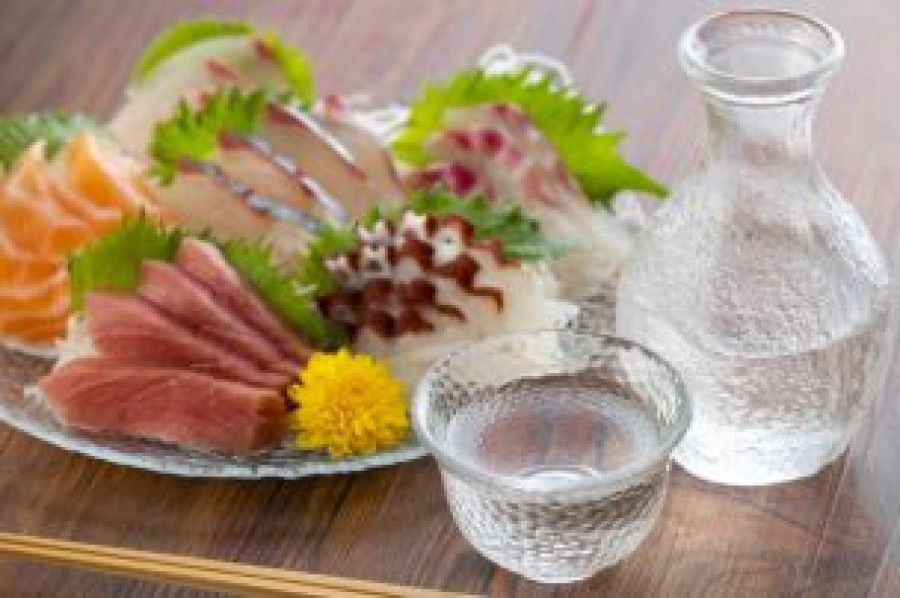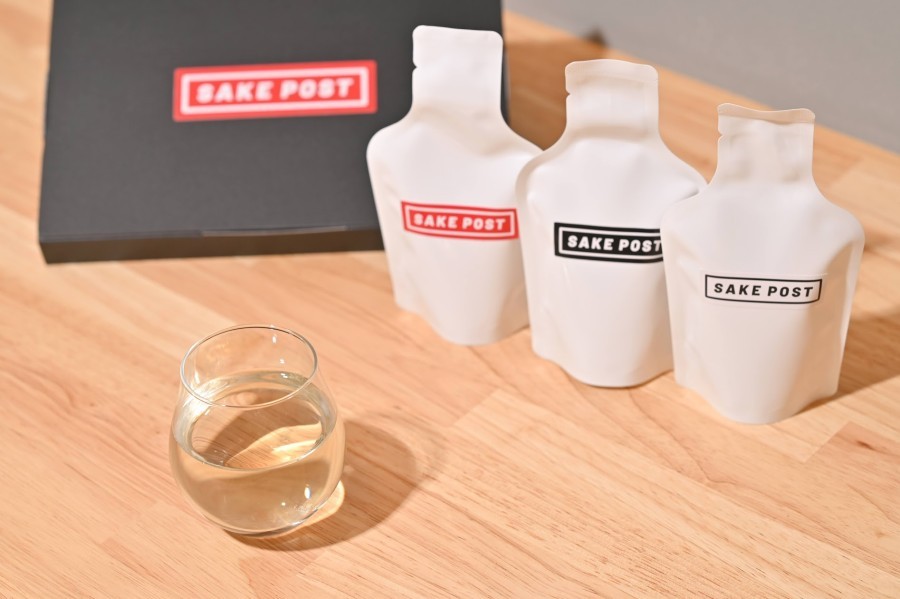- From 'Niigata Hatsu R 2018 Autumn/Winter, Issue 8: Travelling FOOD'.
- Interview and text by Junko Ohashi
The Sea of Japan is a safe highway.
According to Dr Honma, most of the seafood came on the ocean currents.
'The Sea of Japan has an image of rough seas, but from spring to autumn it has a good climate. And because the Japanese archipelago is curved, it is also close to Osaka (Osaka) in terms of distance. In the northern hemisphere, the prevailing westerly winds blow, so if you are swept away, you will be in trouble, but in the Sea of Japan, no matter how much you are swept away, you will still reach Japan. The reason why shipping on the Sea of Japan by Kitamae-bune developed is because the Sea of Japan is safe."
The seafood thus transported met local seafood in Niigata and formed a new food culture. The route from the Kanmon Straits and the Seto Inland Sea through Niigata to the Ezo region was indeed a safe highway.
advertisement
Strength of the river that gave birth to fermented food.
A huge quantity and variety of fish were landed in Niigata Minato, including herring, salted salmon, salted trout and salt. These were transported by boat up the river to various parts of the country. The second special feature focuses on the food brought by the highways and rivers. Niigata's leading fermented food towns, NUTTARIand SETTAYA(Nagaoka City), have also benefited greatly from water transport.
'Salt that came to Niigata Minato by Kitamae-bune was transported through KURINOKI-RIVER. KAMEDAIngredients came from around the area and were brought together in the Numadare area, where fermented foods such as sake, miso and shochu were produced. SHINANO-RIVERThere was a regular boat service from Niigata to KOIDEin UONUMAin NAGAOKA, where salt was also readily available, and fermented foods were also produced in SETTAYA. Niigata developed because it was a territory of heaven, with few restrictions, and goods were gathered along the highways."
Boat transport was behind the development of Setagaya, not only in Numadare, which is close to the harbour, but also along the highway. The power of the river in terms of water transport is felt once again.
Food" governed by climate.
When we look at the background to the rich culinary culture that blossomed in Niigata thanks to the Kitamae Ship, we cannot help but think about the relationship with the climate.
'The direct influence of the climate on food is 'what can be done there'. The climate governs what can be done there, and from there comes the ingredients and the food that represents it. The nature of the climate governs the production of food, and the food produced governs the diversity of food."
In Niigata's case, 'arrivals' from the sea added to this. The arrivals stimulated the existing food, which, combined with the wisdom of the Niigata people, formed a new culinary climate.
Niigata is delicious. The reasons for this are now apparent.
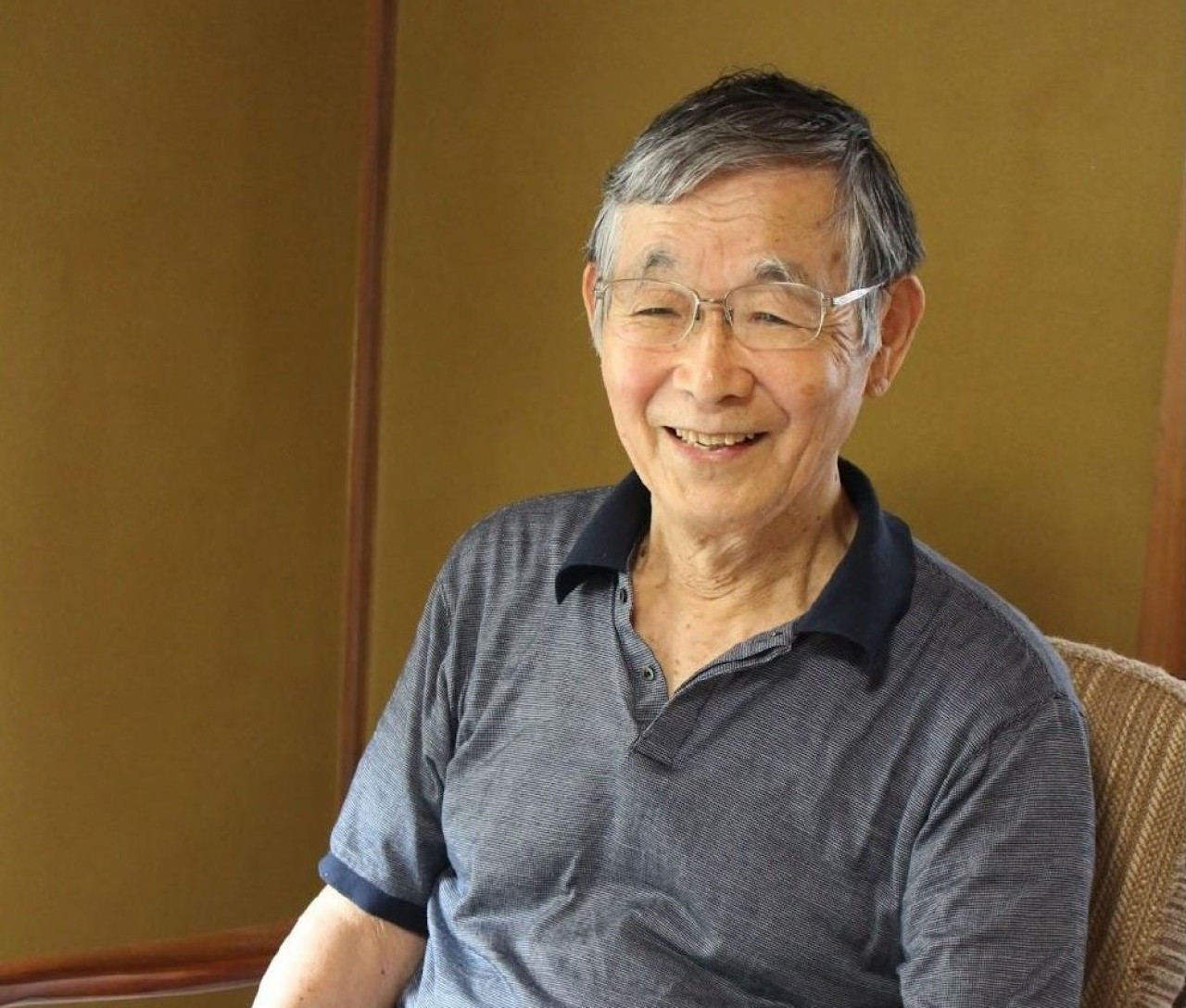
NOBUO HONMA(Honma Nobuo)
Graduated from the Faculty of Agriculture, Niigata University. Doctor of Agriculture. Continues to conduct multifaceted research into the food culture of various regions in Niigata Prefecture, including comparisons with other prefectures. His major publications include Shoku wa Niigata ni aru (Food is in Niigata) (Niigata Nippo Jigyosha) and Kenko Shoku Gohan (Healthy Food and Gourmet) (Nobunkyo). He is also the editor of Kikisho: Niigata no Meal (Nohbunkyo).
advertisement


